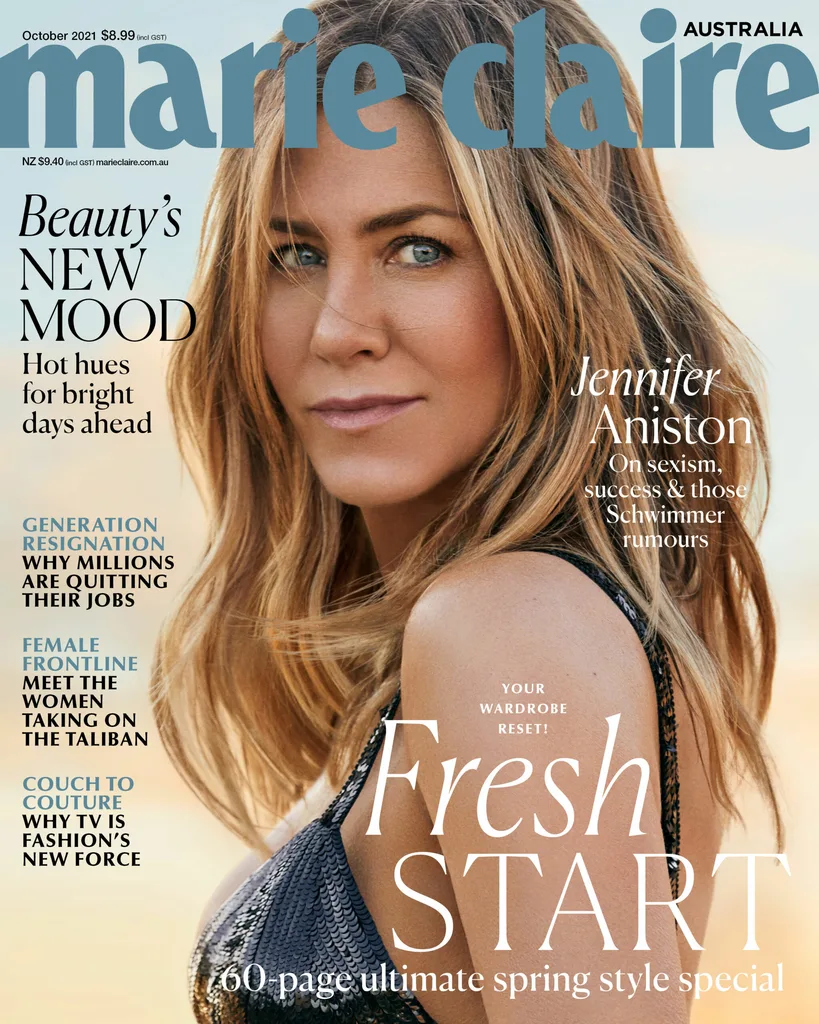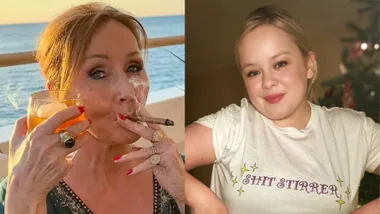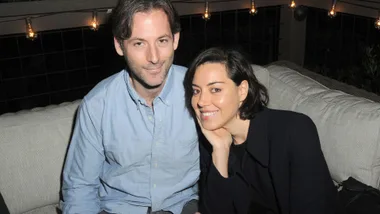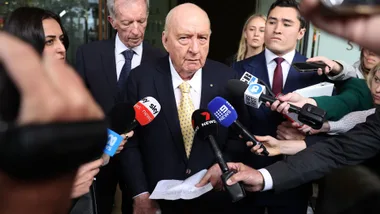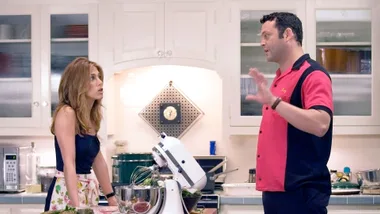A funny thing happened at the turn of 2021, during that hazy, lazy week between Christmas and New Year. With people from London to Sydney stuck in various stages of lockdown, holed up at home in their sweatpants and slippers, corset sales started to surge. Global shopping platform Lyst reported a 123 per cent spike in searches for the item, while lingerie brand Fleur du Mal cited a 30 per cent increase in purchases.
Historians of the future might look back on this time and hypothesise that worn-down couples were planning some frisky fun, an attempt to rekindle the spark that COVID killed. But they’d be missing an important piece in the puzzle. Because on Christmas Day, Bridgerton, the lavish Netflix period drama based on the best-selling novels by Julia Quinn, was beamed into our homes and set our hearts alight.
“We never could have predicted the impact,” says costume designer Ellen Mirojnick, marvelling that the show was watched by 82 million households in its first month. “The response was shocking but thrilling – how many corsets were sold, how many times the colour yellow was googled, how many white nightgowns were bought. It just made me happy that we were able to bring joy in a time of intense darkness.”
Bridgerton was the perfect storm: an eight-part series offering a slice of seductive escapism when the world needed it most. And while the frisson was electric – and probably inspired a few of those holiday romps – the costumes and sweeping visuals played a starring role too.
“It was a visual interpretation for a modern audience,” explains Mirojnick of her fresh and fantastical spin on early 19th-century fashion. “On day one, our creator Chris Van Dusen informed us of a strict ‘no bonnets’ policy; this was a bonnetless universe!” Instead, there were Empire-line gowns rendered in sumptuous silks and candyfloss pastels, pillowy sleeves that flirted with elbow-length gloves, and crystal-encrusted hairpieces with trimmings of feathers and tulle.
Following a year without red carpets and only the most pared-back virtual fashion weeks, Bridgerton filled a gaping chasm for glamour. Suddenly, slobbing about in loungewear wasn’t so appealing, especially if you were one of the estimated 82 million viewers secretly daydreaming about a dalliance with the duke (super-fan Kim Kardashian admitted as much, while wearing a custom corseted Vivienne Westwood number at the Keeping Up with the Kardashians Reunion). No wonder, then, that the internet was soon teeming with trend stories on how to get the Regency-core look.
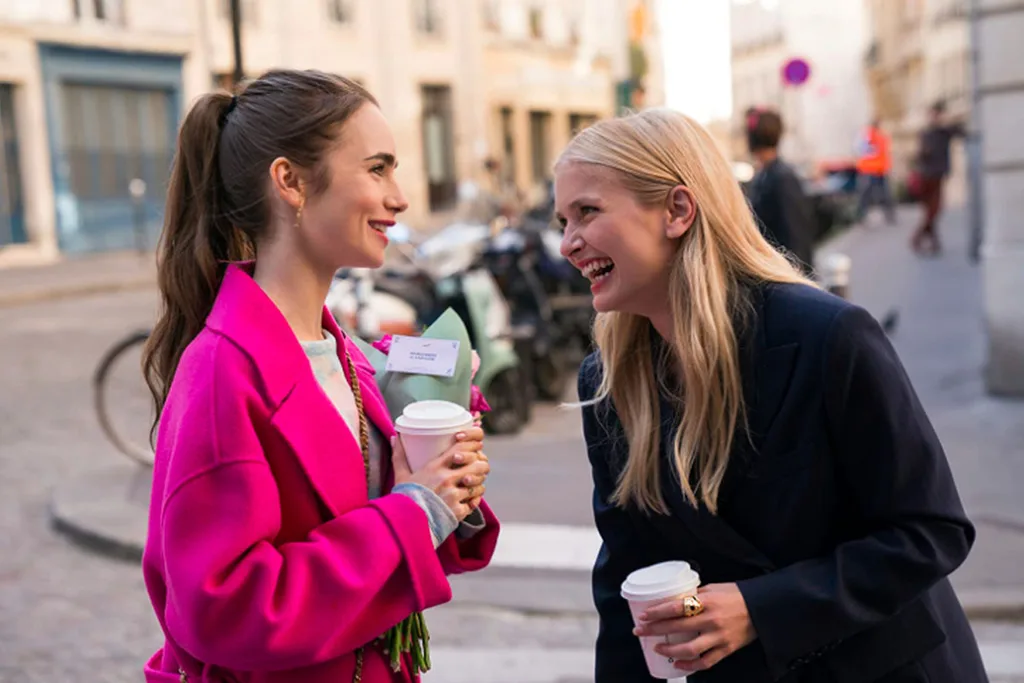
It wasn’t the only series shaping the way we dressed – or hoped to dress, post-pandemic. In October 2020, Emily in Paris’ titular lead flitted onto our screens in a polished yet purposely clichéd mash-up of blazers, berets and bucket hats. Chanel was a fixture, but it was online searches for Emily’s hot-pink Kangol bucket hat that skyrocketed by 342 per cent. Then came The Queen’s Gambit, all mod silhouettes and chessboard checks. The Halston biopic had us yearning for disco days and all things slinky and sparkly; The Serpent served up flared jeans and psychedelic prints straight from the ’70s; and the Gossip Girl reboot offered a grittier take on the series’ original brand of prep (fewer headbands, more high-end sneakers).
Today, sartorial enthusiasts are impatiently waiting on the release of two new TV series: Inventing Anna, the true story of the fake heiress who scammed the Upper East Side, and the hotly anticipated Sex and the City sequel And Just Like That. Both shows were filmed on the streets of New York, and early glimpses reveal a delicious array of Burberry coats and Louis Vuitton luggage (for the former) and Jimmy Choo heels and Emilia Wickstead dresses (in the latter). The gusto with which fans are poring over the pap shots and dissecting the clothes only underlines the notion: screen style is the new street style.
Lyn Paolo, an Emmy-winning costume designer with 30 years of experience on shows such as ER, The West Wing and, most recently, Inventing Anna, can remember a time when luxury fashion houses didn’t want to lend their pieces to television productions. “Perhaps they didn’t think the reach was wide enough, compared with an editorial placement or the red carpet,” she muses.
The turning point, Paolo says, was Scandal, the cult political drama helmed by Kerry Washington playing the impeccably put-together Olivia Pope. “The series started in 2012, before streaming, and it was event viewing,” she explains. “Each week there were Twitter parties for the new episode, and Kerry Washington and creator Shonda Rhimes would join them. Then audience members started tweeting me to find out where they could buy Olivia Pope’s outfits.”
So fervent was the interest in Pope’s wardrobe – slick workwear defined by timeless tailoring and creamy neutrals – that Paolo sought to use pieces that would be available instore when each episode dropped, recalling an ivory Burberry Prorsum trench that sold out following the season three premiere. Soon, luxury brands were clamouring to get their designs on the show.
Next came the streaming boom, which cancelled appointment viewing but expanded TV’s reach. Today, Netflix has nearly 208 million subscribers globally, and 17 million Australians have access to a TV subscription service, including Stan, Binge and Amazon Prime Video. This figure jumped 5.9 per cent (up 878,000 subscribers) in the three months to May 2020, neatly coinciding with the first pandemic lockdown.
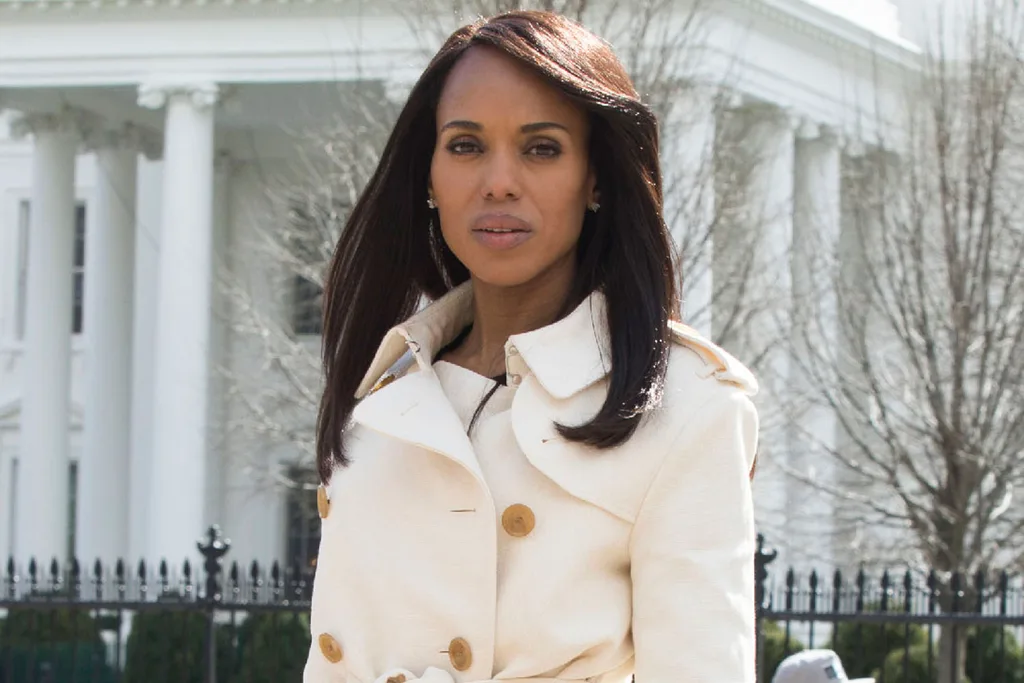
Meanwhile, cinema box-office sales plunged by 69 per cent in Australia last year, only cementing this era as the golden age of television. The upshot is more star power on our small screens, with A-listers such as Julia Roberts, Meryl Streep and Nicole Kidman increasingly swapping movie blockbusters for TV projects. This level of prestige equals bigger budgets and more scope to create visual spectaculars such as Bridgerton, which cost a reported $9.5 million per episode.
“The scale of that show was enormous – we had a costume team of 200, including the fitters, the cutters, the jewellers and the fabric buyers, and we created all 7500 pieces from scratch,” recalls Mirojnick. “The costume department was actually the first team hired for the show. We were really fortunate to get to build the Bridgerton world. It’s not the case on every project.”
Of course, one show that was ahead of its time in centring style was Sex and the City, which saw legendary costume designer Patricia Field propel Manolo Blahniks into the cultural zeitgeist and oversized flower pins onto our chests. But the series wrapped up in 2004, six years before the advent of Instagram, a platform that’s indelibly changed the way we shop. The impact of And Just Like That, featuring costumes by Field’s protégé Molly Rogers, could be even greater than its predecessor in this age of social media.
Take @justlikethatcloset, an Instagram account that posts pap shots of Carrie and co filming the show, then identifies the details of every ensemble. There’s Charlotte walking her dog in a breezy Balenciaga skirt and Stella McCartney blouse, and Carrie re-wearing her bejewelled blue Manolos (cue squeals from fans. But they’re spiralling over her feathered headwear: could this be a symbolic throwback to the famous bird hairpiece she wore to her ill-fated wedding?).
The account is run by Victoria Bazalinchuk, a 23-year-old teacher from Ukraine, who has racked up more than 90,000 followers, including Sarah Jessica Parker. “I never expected it to get so big,” says the aspiring stylist. “I’m just shocked when people tell me they bought something they saw on my page, but that’s a great advantage of social media.”
So is shopping off the screen the next fashion frontier? Could we see collections of click-and-buy clothes rolling with a show’s credits, or on its Instagram page? The idea in itself isn’t new. When mega fashion e-tailer ASOS launched in 2000, it was called As Seen On Screen and sold fashion and homewares straight from TV and film. But in 2021 our tech is more sophisticated, audiences are more engaged and TV-inspired clothing ranges brim with potential. Mirojnick, however, advises caution in this category. “Often the TV studios go directly to a [fashion] brand to collaborate with, and take out the influence of the costume designer,” she says. “I think that’s a mistake. [Costume] designers should be participants in the bridge to public merchandise.”
Regardless, the role of a costume designer is not to create commercial appeal, nor to influence international trends – something that transpired on recent runways (see breakout). Both Paolo and Mirojnick say their modus operandi is to bring a character to life, and TV presents a unique opportunity to develop that arc over a lengthier timeframe than film. The audience in turn feels deeper and longer-lasting relationships with the characters. “I still get sent photos of people dressed up as Olivia Pope,” says Paolo. “In fact, I still get sent photos of people’s babies dressed up as Olivia!”
Mirojnick sees parallels with cosplay. “That’s a huge market worldwide and it’s about human connection – how people interpret what they see and who they want to be,” she says. “If something hits the zeitgeist it’s because it touches the audience’s heart.”
Each night, as we settle in on our sofas, we invite our favourite characters into our homes, or perhaps they invite us into their worlds – whether that’s high-society Regency London or modern-day Paris. We watch these characters rise and fall, love and lose, and relate to them infinitely more than we ever could to a nameless runway model. At a time when many of us are craving escapism and glamour but also connection, TV series offer all three, a powerful blend that ultimately spurs us to buy that bodice or bucket hat. But strictly no bonnets, please.
This story originally appeared in the October issue of marie claire Australia, on stands now.
